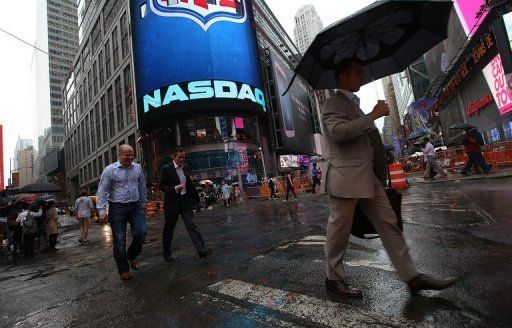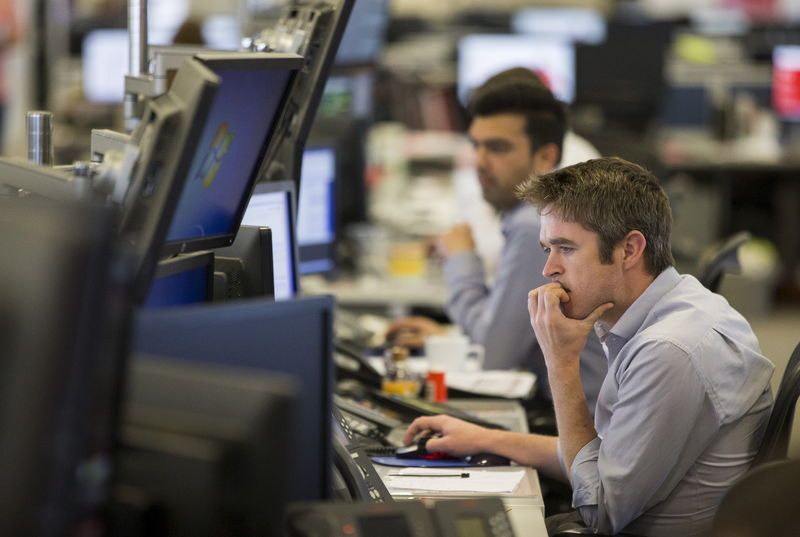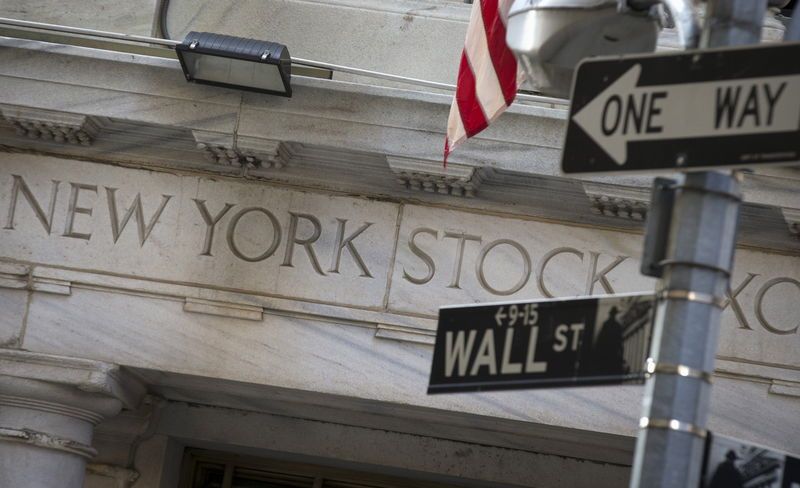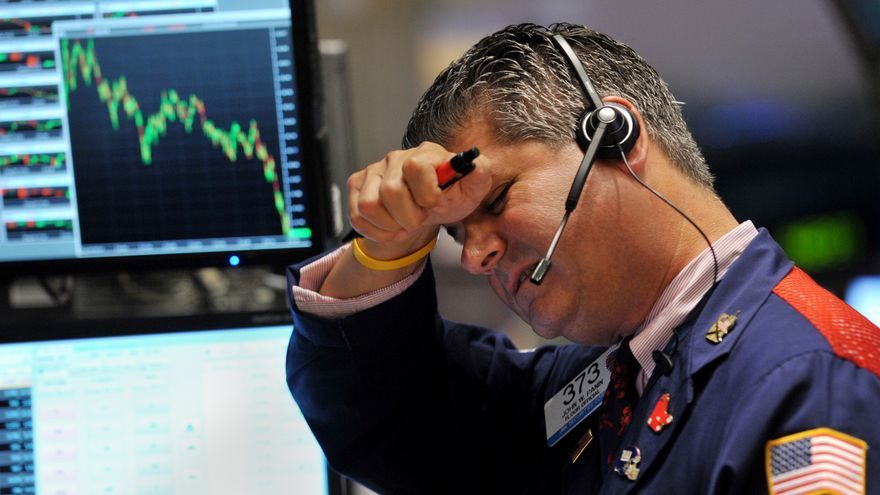October Daily Review - 08/10
- Donald Herison
- English
- MARKETS NEWS
- Hits: 1797

1. U.S. stocks opened lower on Thursday ahead of the minutes of the Federal Reserve's September meeting that investors are counting on to provide insight into the Fed's thinking on interest rates.
The Dow Jones industrial average fell 19.01 points, or 0.11 percent, to 16,893.28. The S&P 500 lost 4.51 points, or 0.23 percent, to 1,991.32 and the Nasdaq composite index dropped 16.20 points, or 0.34 percent, to 4,774.95.
2. The number of Americans filing new applications for jobless benefits fell more than expected to near a 42-year low last week, pointing to ongoing tightening in the labor market despite the recent slowdown in hiring.
The data released on Thursday provides an upbeat check on the health of the labor market after last week's monthly employment report increased doubts the Federal Reserve would raise interest rates by the end of this year.
3. U.S. holiday season sales will increase by 3.7 percent in 2015, marking slightly slower growth than last year as consumers fret about a potential government shutdown and sluggish income growth, the leading retail industry group said on Thursday.
The National Retail Federation (NRF) forecast sales from November to December 2015 at $630.5 billion, excluding autos, gas and restaurant sales. The growth rate would be significantly higher than the 10-year average of 2.5 percent, though slower than the 4.1 percent increase in 2014, the NRF said.
4. The dollar pared losses against the other major currencies on Wednesday, easing off a three-week trough after data showed that the number of people who filed for unemployment assistance in the U.S. fell more than expected last week.
The dollar was steady against the yen, with USD/JPY at 119.93.
The Department of Labor said the number of individuals filing for initial jobless benefits in the week ending October 3 fell by 13,000 to 263,000 from the previous week’s downwardly revised total of 276,000.
5. Oil prices held steady after surrendering early gains on Thursday, as an unexpectedly large rise in U.S. inventory levels dented some of the recent optimism that the oversupply plaguing the market could soon vanish.
U.S. crude stocks rose by 3.1 million barrels to 461 million last week as refineries cut output and idled capacity. Analysts had expected a rise of 2.2 million barrels.
Ask us about our FREE financial advice program: ![]()
Other Top Stories:
Technical Analysis Lesson 1 - Introduction
How I Made Over $30,000 a Year by Investing in Binary Options
Follow us and SHARE this story on Facebook: ![]()









